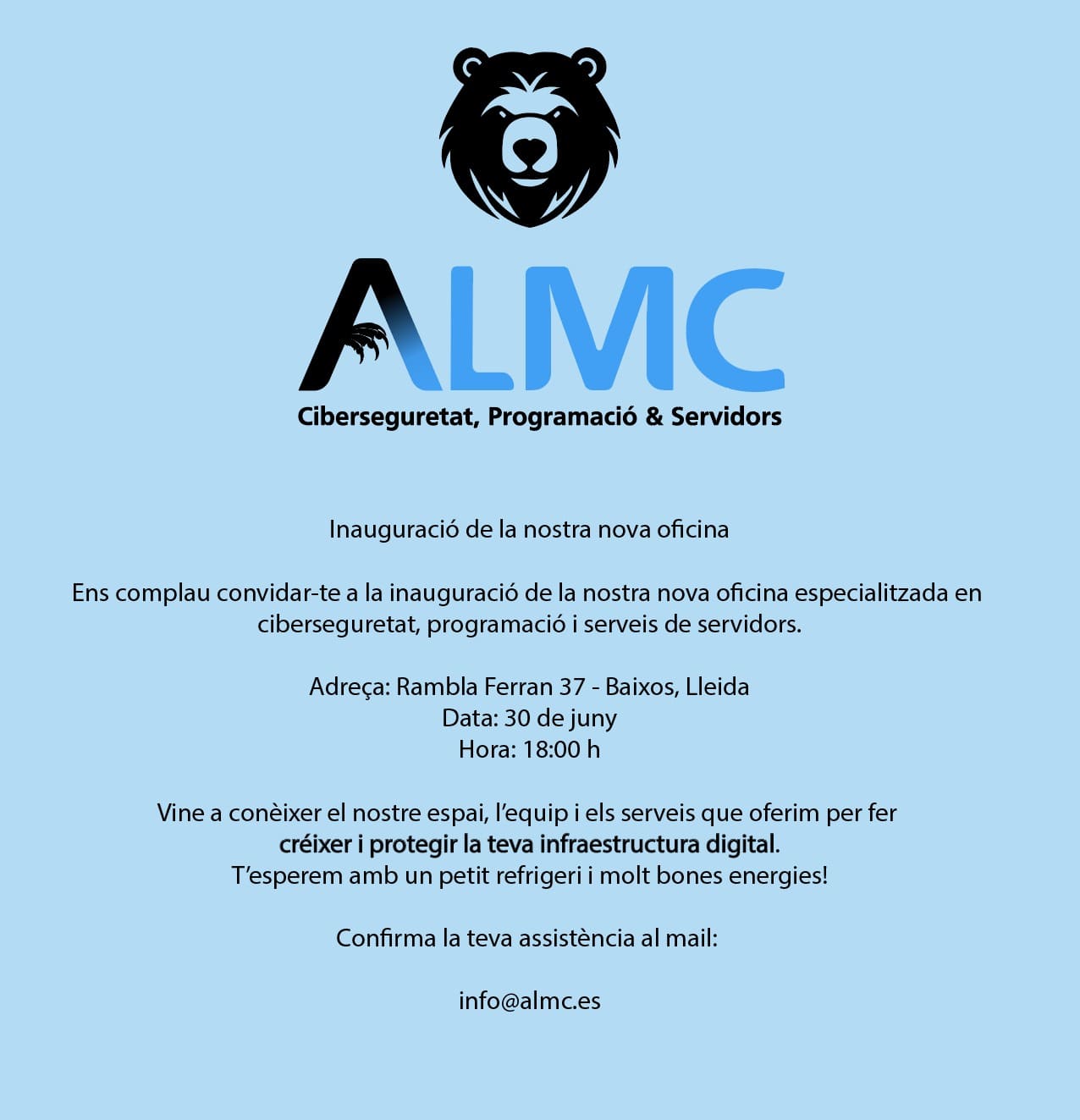MCP Server Playground
A playground for Model Context Protocol (MCP) server built with TypeScript and Streamable HTTP transport with an OAuth Proxy for 3rd party authorization servers like Auth0.
Features
- MCP Server implementation: HTTP-Based Streamable transport using
@modelcontextprotocol/sdkwith HTTP transport, session management, and tool execution. - OAuth authentication/3rd party authorization: Implements an OAuth server for MCP clients to process 3rd party authorization servers like Auth0, providing Dynamic Application Registration for MCP server.
- Storage: Provide storage for MCP server to store data like OAuth sessions, tokens, etc.
- Tools:
echo,system-time,streaming,projectfor demonstration. - Prompts:
echo
Why this project exists?
- The Model Context Protocol spec requires Dynamic Application Registration because it provides a standardized way for MCP clients to automatically register with new servers and obtain OAuth client IDs without user interaction. The main reason for this mechanism is because MCP clients can't know all possible services in advance and manual registration would create significant effort for users and it is not scalable. If do not support Dynamic Application Registration, then MCP clients need to provide OAuth client ID and secret to the server, which is not secure and not scalable.
- However, enabling Dynamic Application Registration (if supported) becomes a security risk because the endpoint is a public endpoint that anyone can create OAuth clients. It can easily be abused, such as by flooding with unwanted client registrations. Hence, Auth0 has disabled Dynamic Application Registration
- As a result, this project provides a way to enable Dynamic Application Registration for MCP server by using OAuth Proxy, but delegating authorization to 3rd party authorization server like Auth0, Github, Google, etc.
Endpoints
| Endpoint | Description |
|---|---|
| GET /ping | Ping the server |
| POST /mcp | MCP protocol request with authentication |
| DELETE /mcp | Session termination |
| GET /.well-known/oauth-authorization-server | OAuth authorization server metadata |
| GET /.well-known/oauth-protected-resource | OAuth protected resources metadata |
| POST /oauth/register | Register a new MCP client |
| GET /oauth/authorize | Handle authorization request |
| POST /oauth/token | Handle token request |
| POST /oauth/revoke | Handle token revocation |
| GET /oauth/stats | Get OAuth service statistics |
| GET /oauth/auth0-callback | Handle Auth0 callback |
Getting Started
Installation
Clone the repository:
git clone <your-repo> cd mcp-server-playgroundInstall dependencies:
npm installSet up environment variables:
cp .env.example .envSet up the MCP server for local development
npm run dev:setup
Helm Chart
helm repo add chrisleekr https://chrisleekr.github.io/helm-charts/
helm repo update
helm install mcp-server-playground chrisleekr/mcp-server-playground
Set up the MCP server for Cursor
Create MCP configuration file for local build
Create a
.cursor/mcp.jsonfile in your project directory (for project-specific setup) or~/.cursor/mcp.jsonin your home directory (for global setup):{ "mcpServers": { "mcp-server-playground-cursor": { "type": "http", "url": "http://localhost:3000/mcp" } } }
Use npx @modelcontextprotocol/inspector to test the MCP server
Copy
mcp-config.example.jsontomcp-config.jsonEdit
mcp-config.jsonto point to the correct MCP serverRun the inspector
npm run docker:run # Then run the inspector npx @modelcontextprotocol/inspector -y --config ./mcp-config.json --server mcp-server-playground-cursoror
npm run test:inspector
Setup Auth0 for authorization
Create a new application in Auth0
- Go to Auth0 Dashboard
- Click on "Applications"
- Click on "Create Application"
- Name: MCP Server Boilerplate
- Application Type: Regular Web Application
- Click on "Create"
Set up the application
- Click on "Settings"
- Set the following settings:
- Allowed Callback URLs:
http://localhost:3000/oauth/auth0-callback - Allowed Web Origins:
http://localhost:3000
- Allowed Callback URLs:
Create a new API
- Click on "APIs"
- Click on "Create API"
- Name: MCP Server Boilerplate
- Identifier:
urn:mcp-server-playground - JSON Web Token (JWT) Profile: Auth0
- JSON Web Token (JWT) Signature Algorithm: RS256
- Click on "Create"
TODO
- Streaming is not working as expected. It returns the final result instead of streaming the data.
Screenshots
| Metadata Discovery | Client Registration | Preparing Authorization |
|---|---|---|
| Authorization with 3rd party server | Request Authorization and acquire authorization code | Token Request and Authentication Complete |
|---|---|---|




